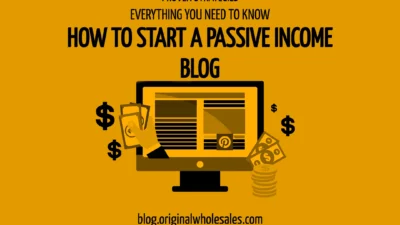In the competitive world of beauty e-commerce, effective Search Engine Optimization (SEO) can make a significant difference in driving traffic and maximizing sales. This comprehensive guide outlines practical SEO tips tailored specifically for beauty e-commerce sites, focusing on keyword research, content optimization, and link-building strategies.
Step 1: Keyword Research
1.1 Understand Your Audience
To start, it’s essential to understand your target audience’s search behavior. Identify the common terms and phrases they use when searching for beauty products. Tools like Google Keyword Planner, SEMrush, and Ahrefs can help uncover valuable keywords.
1.2 Focus on Long-Tail Keywords
Long-tail keywords are more specific and have lower competition, making them easier to rank for. For example, instead of targeting “lipstick,” consider “organic red lipstick for dry lips.”
1.3 Analyze Competitor Keywords
Look at the keywords your competitors are ranking for. This can provide insights into potential opportunities and help you refine your keyword strategy.
Step 2: Content Optimization
2.1 Create High-Quality Product Descriptions
Ensure each product has a unique, detailed description that incorporates relevant keywords naturally. Highlight the benefits, ingredients, and usage instructions to provide value to your customers.
2.2 Optimize Category Pages
Category pages should also be optimized for SEO. Include a brief description with targeted keywords, and make sure the page is user-friendly with clear navigation.
2.3 Leverage Blogging
Start a blog on your e-commerce site to provide valuable content related to beauty tips, product tutorials, and industry trends. Use keywords strategically in your blog posts to improve search visibility.
2.4 Enhance Meta Tags
Optimize your meta titles and descriptions for each page. Ensure they are compelling, include your primary keywords, and encourage clicks from search engine results pages (SERPs).
2.5 Use Schema Markup
Implement schema markup to help search engines understand your content better. This can improve your visibility in search results and increase click-through rates.
Step 3: Link-Building Strategies
3.1 Internal Linking
Use internal linking to connect related pages on your site. This not only helps with SEO but also enhances the user experience by guiding visitors to relevant products or content.
3.2 Acquire Backlinks
Backlinks from reputable websites can significantly boost your SEO. Collaborate with beauty bloggers, influencers, and industry publications to gain high-quality backlinks.
3.3 Guest Posting
Contribute guest posts to popular beauty blogs or websites. Ensure your posts are informative, engaging, and include a link back to your e-commerce site.
3.4 Leverage Social Media
Although social media links are generally “no-follow,” they can still drive traffic and increase your site’s visibility. Share your content regularly on platforms like Instagram, Facebook, and Pinterest.
Step 4: Technical SEO
4.1 Ensure Mobile-Friendliness
With a significant portion of e-commerce traffic coming from mobile devices, it’s crucial to have a mobile-friendly website. Use responsive design to ensure your site looks great on all devices.
4.2 Improve Site Speed
A fast-loading website enhances user experience and is a ranking factor for search engines. Optimize images, use a Content Delivery Network (CDN), and consider a reliable hosting provider to improve site speed.
4.3 Implement SSL Certificate
Secure your website with an SSL certificate to ensure customer data protection. A secure site (HTTPS) is also favored by search engines.
4.4 Fix Broken Links
Regularly check for and fix broken links on your site. Broken links can harm your SEO and provide a poor user experience.
Step 5: Monitoring and Analytics
5.1 Use Google Analytics
Track your website’s performance with Google Analytics. Monitor key metrics such as organic traffic, bounce rate, and conversion rates to understand the effectiveness of your SEO efforts.
5.2 Monitor Search Console
Google Search Console provides valuable insights into how your site is performing in search results. Use it to identify and fix issues, monitor keyword performance, and submit sitemaps.
5.3 Adjust Strategies Based on Data
Regularly review your SEO strategies and adjust them based on the data you collect. Continuously optimizing your approach will help you stay ahead of the competition.
Conclusion
Maximizing sales for your beauty e-commerce site requires a well-rounded SEO strategy. By focusing on keyword research, content optimization, and link-building, you can improve your site’s visibility, attract more organic traffic, and ultimately boost sales. Implement these practical tips to ensure your beauty brand thrives in the competitive online marketplace.



